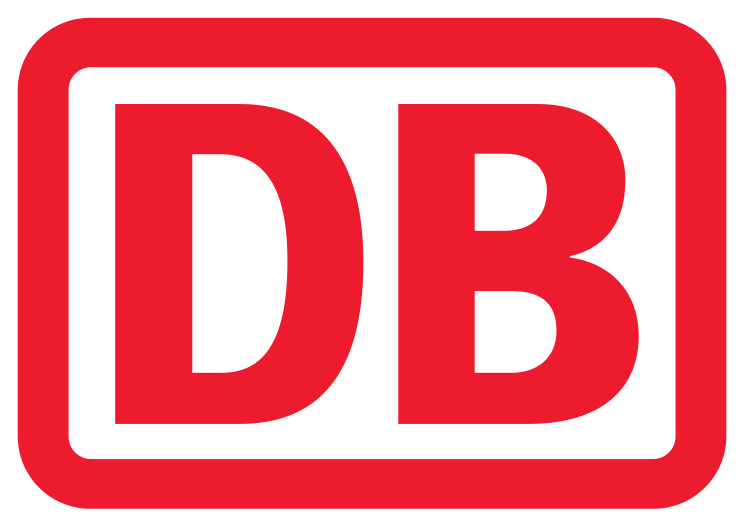Read balance sheets correctly and understand them better
Crash course for managers

Information from the annual financial statements and the management report
- Basic structures and general informative value of annual financial statements.
- Structure and contents of the balance sheet and profit and loss account using various case studies.
- Core contents and statements of the notes and management report.
- Indications in the annual financial statements of impending corporate crises.
Accounting policy objectives, measures and scope for action
- Balance sheet policy design potential.
- Measures shaping the facts and accounting and valuation options.
- Utilization of discretionary scope in accounting.
Fundamentals of balance sheet analysis
- Analysis criteria and focal points of the external analysis.
Key figure analysis in practice
- Key figure analysis of annual financial statements using a case study.
- Principles of determining key figures.
- Design options for the targeted improvement of key figures.
Cash flow statement and cash flow statement
- Structure and informative value of the cash flow analysis.
- Cash flow statement as an extended cash flow statement.
Interactive exchange in the group to follow up on the practical cases.
Processing of open questions.
Lessons learned: What works well? Which approach is practicable for me? Do I get meaningful results from my analyses?
Contents
Information from the annual financial statements and the management report
- Basic structures and general informative value of annual financial statements.
- Structure and content of the balance sheet and income statement using a case study.
- Differences in the annual financial statements of corporations and partnerships.
- Increasing importance of verbal reporting: core content and statements in the notes and management report.
- Indications in the annual financial statements of impending corporate crises.
- Continuity of the balance sheet structure: informative value of a multi-year balance sheet and income statement comparison.
Accounting policy objectives, measures and scope for action
- Competing effects of accounting policy objectives.
- Balance sheet policy design potential.
- Measures shaping the facts and accounting and valuation options.
- Utilization of discretionary powers.
Fundamentals of balance sheet analysis
- Qualitative and quantitative types of analysis.
- Analysis criteria and focal points of analysis, especially for banks and credit insurers.
- Key figure analysis in practice.
Key figure analysis of annual financial statements using a case study.
- Principles of determining key figures.
- Detailed calculation of selected key figures.
- Statement and interpretation of the calculation results.
- Design options for the targeted improvement of key figures.
Cash flow statement and cash flow statement
- Case study to analyze the long-term liquidity situation.
- Structure and informative value of the cash flow analysis.
The balance sheet quick test
- Success with just a few key figures.
- Quick test grading scale.
Exchange of experience
- 2-hour separate webinar with the opportunity to discuss open questions and practical cases with the speaker and other attendees .
Learning environment
Your benefit
The focus of the seminar is on teaching the basic principles of annual financial statements and presenting various methods and instruments of balance sheet analysis and policy in the area of conflict between theoretical analysis principles and practice-oriented assessment using an easily understandable case study.
- Find out what the really important data in the annual financial statements is and how you can find it, filter it out and combine it in a meaningful way.
- Get practical information on how current developments in commercial law affect the balance sheet structure, presentation of results and rating.
- Using a specific case study, interpret important key figures that are particularly suitable for providing key insights into the company's asset structure, financing, solvency, earning power and creditworthiness as well as its dependence on banks.
- With this know-how, you will be able to ask the decisive questions, recognize economic developments and also point out possible discrepancies, even as a non-specialist.
- Also learn to better assess the criteria by which companies are judged by third parties (e.g. banks).
- Benefit in particular from a 2-hour exchange of experiences following the training: Use the webinar as an opportunity to discuss open questions and practical cases with the speaker and other attendees .
Methods
Lecture, extensive practical examples, discussion and question-and-answer dialog. A 2-hour webinar to share experiences following the training is included.
Recommended for
Managing directors, executives, division managers, entrepreneurs, especially from technical and other non-commercial professions, as well as controllers who want to acquire the specific commercial tools quickly and compactly.
Further recommendations for "Read balance sheets correctly and understand them better"
Information from the annual financial statements and the management report
- Basic structures and general informative value of annual financial statements.
- Structure and contents of the balance sheet and profit and loss account using various case studies.
- Core contents and statements of the notes and management report.
- Indications in the annual financial statements of impending corporate crises.
Accounting policy objectives, measures and scope for action
- Balance sheet policy design potential.
- Measures shaping the facts and accounting and valuation options.
- Utilization of discretionary scope in accounting.
Fundamentals of balance sheet analysis
- Analysis criteria and focal points of the external analysis.
Key figure analysis in practice
- Key figure analysis of annual financial statements using a case study.
- Principles of determining key figures.
- Design options for the targeted improvement of key figures.
Cash flow statement and cash flow statement
- Structure and informative value of the cash flow analysis.
- Cash flow statement as an extended cash flow statement.
Interactive exchange in the group to follow up on the practical cases.
Processing of open questions.
Lessons learned: What works well? Which approach is practicable for me? Do I get meaningful results from my analyses?
Contents
Information from the annual financial statements and the management report
- Basic structures and general informative value of annual financial statements.
- Structure and content of the balance sheet and income statement using a case study.
- Differences in the annual financial statements of corporations and partnerships.
- Increasing importance of verbal reporting: core content and statements in the notes and management report.
- Indications in the annual financial statements of impending corporate crises.
- Continuity of the balance sheet structure: informative value of a multi-year balance sheet and income statement comparison.
Accounting policy objectives, measures and scope for action
- Competing effects of accounting policy objectives.
- Balance sheet policy design potential.
- Measures shaping the facts and accounting and valuation options.
- Utilization of discretionary powers.
Fundamentals of balance sheet analysis
- Qualitative and quantitative types of analysis.
- Analysis criteria and focal points of analysis, especially for banks and credit insurers.
- Key figure analysis in practice.
Key figure analysis of annual financial statements using a case study.
- Principles of determining key figures.
- Detailed calculation of selected key figures.
- Statement and interpretation of the calculation results.
- Design options for the targeted improvement of key figures.
Cash flow statement and cash flow statement
- Case study to analyze the long-term liquidity situation.
- Structure and informative value of the cash flow analysis.
The balance sheet quick test
- Success with just a few key figures.
- Quick test grading scale.
Exchange of experience
- 2-hour separate webinar with the opportunity to discuss open questions and practical cases with the speaker and other attendees .
Learning environment
Your benefit
The focus of the seminar is on teaching the basic principles of annual financial statements and presenting various methods and instruments of balance sheet analysis and policy in the area of conflict between theoretical analysis principles and practice-oriented assessment using an easily understandable case study.
- Find out what the really important data in the annual financial statements is and how you can find it, filter it out and combine it in a meaningful way.
- Get practical information on how current developments in commercial law affect the balance sheet structure, presentation of results and rating.
- Using a specific case study, interpret important key figures that are particularly suitable for providing key insights into the company's asset structure, financing, solvency, earning power and creditworthiness as well as its dependence on banks.
- With this know-how, you will be able to ask the decisive questions, recognize economic developments and also point out possible discrepancies, even as a non-specialist.
- Also learn to better assess the criteria by which companies are judged by third parties (e.g. banks).
- Benefit in particular from a 2-hour exchange of experiences following the training: Use the webinar as an opportunity to discuss open questions and practical cases with the speaker and other attendees .
Methods
Lecture, extensive practical examples, discussion and question-and-answer dialog. A 2-hour webinar to share experiences following the training is included.
Recommended for
Managing directors, executives, division managers, entrepreneurs, especially from technical and other non-commercial professions, as well as controllers who want to acquire the specific commercial tools quickly and compactly.
Further recommendations for "Read balance sheets correctly and understand them better"
35281
35512
Start dates and details















 4.4
4.4




